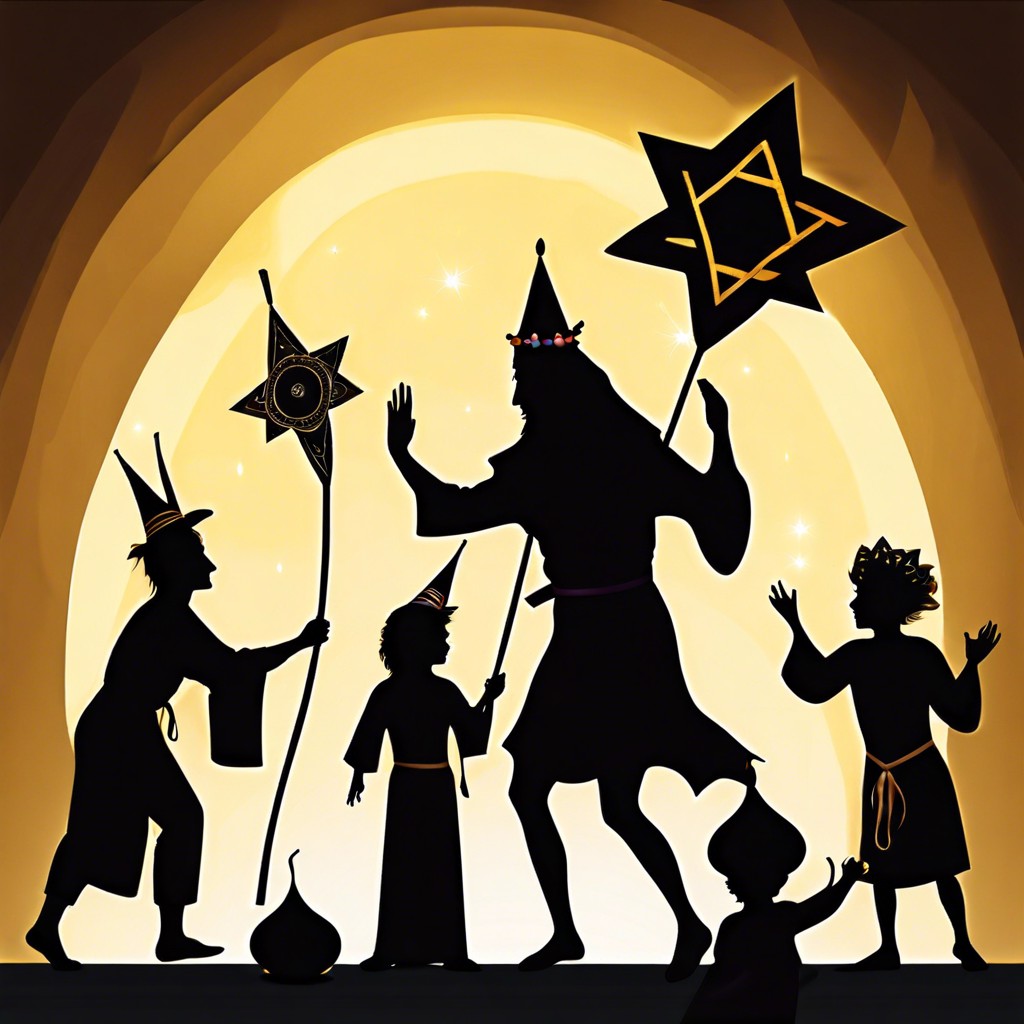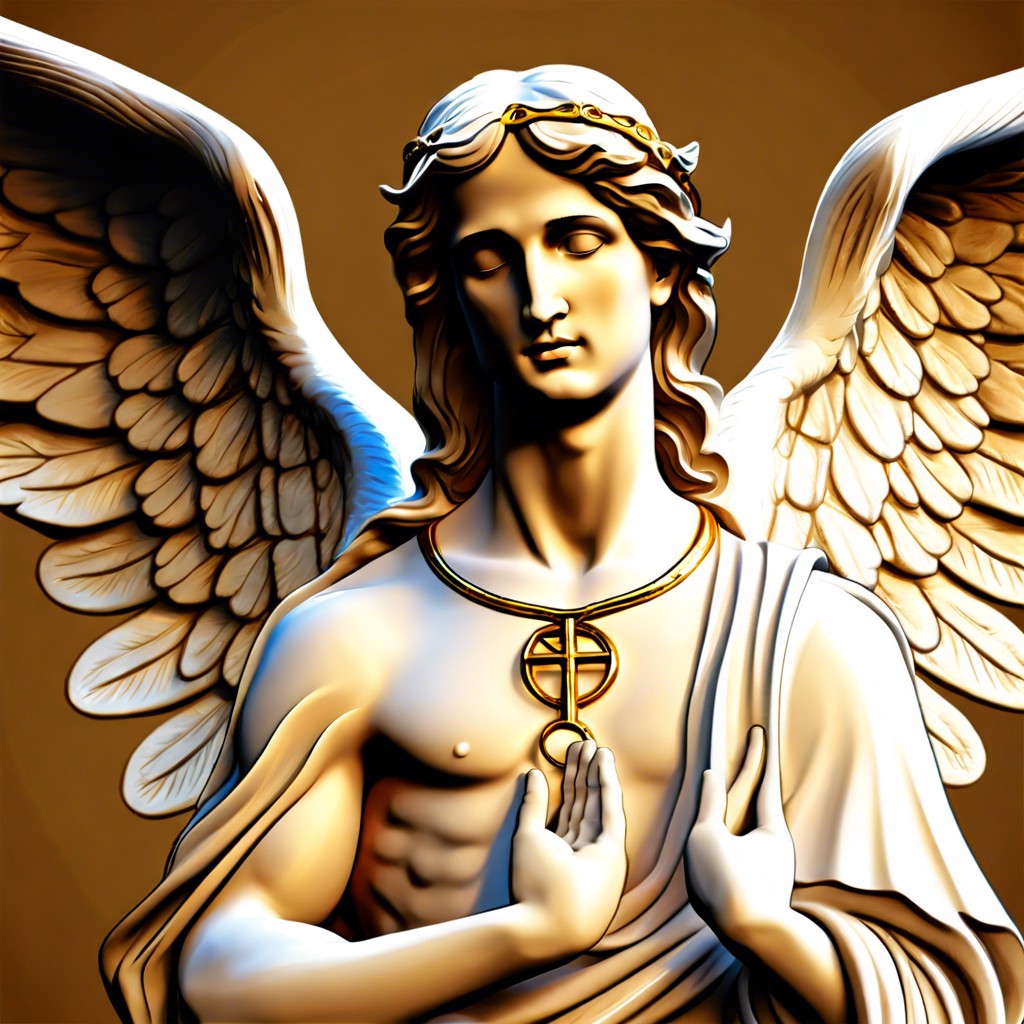Learn about the spiritual meaning of Purim and how it symbolizes the triumph of light over darkness and the hidden presence of the divine in our lives.
Purim, a vibrant Jewish festival, carries profound spiritual insights worth exploring. Its essence lies in themes of light overcoming darkness, divine providence, and the hidden miracles shaping our lives. Expect to uncover powerful lessons on reversal, redemption, and the strength found in community unity. By delving into the significance of fasting and feasting, you’ll gain a richer understanding of these ancient practices and their modern-day spiritual resonance. Join us as we untangle Purim’s deep symbolic meanings.
Key takeaways:
- Triumph of good over evil and light over darkness.
- Hidden miracles reveal divine providence in our lives.
- Reversal and redemption highlight hope in despair.
- Community unity fosters shared purpose and strength.
- Fasting and feasting balance introspection and celebration.
Triumph of Light Over Darkness

In the story of Purim, the Jewish people face a decree that threatens their very existence. This dark period symbolizes the forces of evil and oppression. Yet, through the courage of Queen Esther and wisdom of Mordecai, they overcome this dark moment.
This victory represents the triumph of good over evil, light over darkness. It teaches us that even in the most difficult times, hope and righteousness can prevail.
Often, light and darkness also symbolize clarity versus confusion. The story of Purim urges us to seek out the light of truth and understanding, even when circumstances seem bleak.
The festival, with its joyful celebrations, emphasizes this victory by illuminating our lives with love, community, and faith.
Divine Providence and Hidden Miracles
Purim teaches an important lesson about Divine Providence. The story of Esther reveals how events that seem coincidental are often part of a greater plan. This highlights that spiritual forces work behind the scenes.
Esther and Mordecai’s actions lead to the salvation of the Jewish people, demonstrating how hidden miracles shape outcomes. These miracles aren’t always grandiose; sometimes, they unfold subtly through the ordinary.
This festival reminds us to trust in a higher power, even when things appear bleak. By reflecting on these hidden miracles, we can find reassurance in our own lives, seeing challenges as part of a bigger picture.
Themes of Reversal and Redemption
The Purim story teems with instances where the expected outcomes are completely overturned. Haman’s plan to annihilate the Jews is not only thwarted but leads to his own downfall. This dramatic reversal underscores the belief that no situation is ever beyond hope. Redemption is possible even in the darkest times.
The narrative also highlights individuals destined for a tragic fate who experience profound redemption. Esther, an orphaned Jewish girl, rises to the position of queen and becomes the savior of her people. Mordecai, initially a target for execution, is honored publicly by the very man who sought his destruction.
These themes can inspire us to look at our own lives and recognize that setbacks might be setups for greater victories. It’s a powerful reminder that perseverance and faith can transform despair into joy.
The Power of Community and Unity
Jewish tradition emphasizes coming together to observe Purim. This collective gathering strengthens bonds within the community and fosters a shared sense of purpose.
Celebrating together with festive meals and gift exchanges brings everyone closer. These actions remind people that unity is key to overcoming adversity.
Listening to the reading of the Megillah in a communal setting reinforces a collective memory. It ensures that the lessons and stories are remembered and cherished by everyone.
Participating in charitable acts during Purim also highlights communal responsibility. It demonstrates that prosperity and joy are best shared, embodying compassion and kindness.
Overall, unity during Purim celebrations magnifies individual contributions, creating a powerful, spiritually uplifting experience for the entire community.
The Role of Fasting and Feasting in Spiritual Practice
In the spiritual context of Purim, fasting and feasting hold profound significance. The fast commemorates Esther’s bravery and the Jewish community’s collective plea for divine intervention. This self-denial emphasizes humility and introspection, allowing individuals to connect deeply with their spiritual needs and express communal solidarity.
Conversely, the joyous feasting symbolizes the celebration of survival and divine deliverance. It encourages gratitude, fostering a sense of abundance and joy. Gathering together in festive meals reinforces community bonds, reminding participants of their shared heritage and collective strength.
In essence, fasting cultivates inner reflection, while feasting nurtures outer celebration. Together, they create a balanced spiritual experience, blending solemnity with joy.





